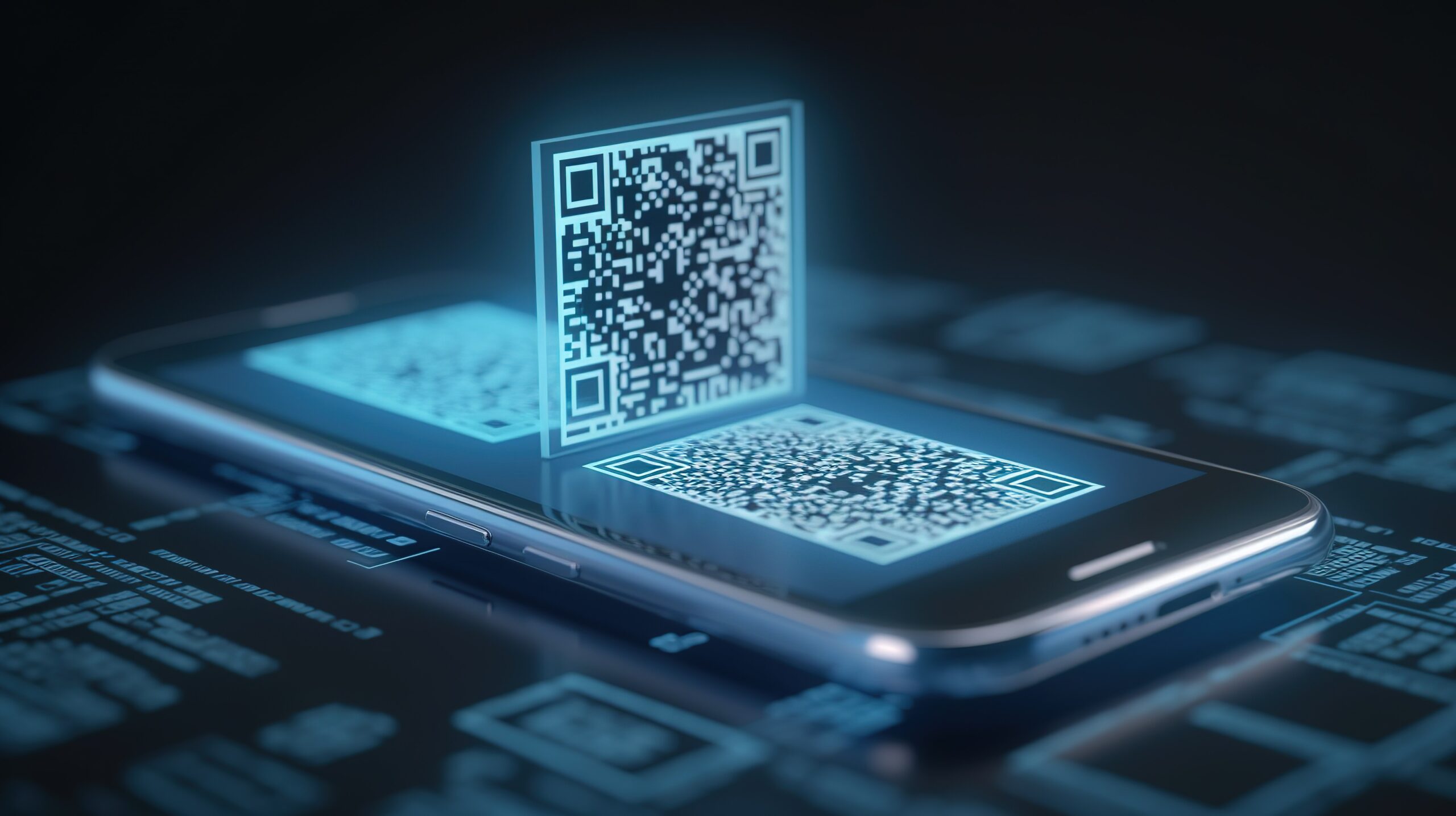The barcode is an integral part of digital interaction. It is used everywhere. But the barcode as we know it will evolve in the near future. Sunrise 2027, an industry-wide initiative spearheaded by GS1, is set to transform the way businesses identify, manage, and share product information by replacing traditional 1D barcodes on product packaging with 2D barcodes.
This change isn’t just about adopting new technology—it’s about preparing for the future of commerce, transparency, and consumer trust. Let’s understand why Sunrise 2027 is going to be critical. In addition, how it is going to impact the product information management segment.
A Brief History: From 1D to 2D
In 1974, the first UPC barcode was scanned on a pack of Wrigley’s chewing gum in an Ohio supermarket. It marked the beginning of a retail revolution. The 1D barcode—linear and limited—became the global standard for identifying products, enabling faster checkouts, better inventory control, and more efficient logistics.
Fast-forward nearly 50 years, and while digital commerce, sustainability demands, and global supply chains have evolved dramatically, the 1D barcode seeks the next revolution. It still encodes just one piece of information—a GTIN (Global Trade Item Number).
When everything is data-driven, that limitation has become a bottleneck in today’s agile and hyper connected world.
What is Sunrise 2027
Sunrise 2027 is a global initiative led by GS1, the organization responsible for the most widely used supply chain standards, aiming to ensure that retail point-of-sale (POS) systems worldwide can process two-dimensional (2D) barcodes—such as QR codes and Data Matrix symbols—by the end of the year 2027.
This initiative marks a strategic transition from traditional one-dimensional (1D) barcodes (e.g., UPC/EAN) to 2D barcodes that can carry significantly more product data, enabling enhanced capabilities for inventory management, traceability, authentication, regulatory compliance, and consumer engagement.
The goal of Sunrise 2027 is to unlock new value across the supply chain by enabling products to carry richer, standardized data directly on-pack through 2D barcodes, while maintaining compatibility with existing retail systems during the transition period.
Why Sunrise 2027 Is Needed
As consumer expectations rise and regulatory pressures increase, the need for richer, standardized product information has never been more significant. Sunrise 2027 was born from this need—to usher in a future where a single scan unlocks a world of data.
Key Drivers Behind the Shift:
- Data Limitations of 1D Barcodes: A single GTIN isn’t enough. Today’s supply chains demand more and more information on ingredients, allergens, expiration dates, batch numbers, recycling instructions, and more.
- Rising Demand for Transparency: Consumers always want to know what’s in their products, how they are manufactured, where they come from, and how they impact the planet.
- Digital Transformation in Retail: Retailers want to engage buyers at every touchpoint—in-store and online. QR codes and Data Matrix codes unlock new ways to share product stories, product information, and promotions.
- Safety and Traceability: Tracking a product’s lifecycle (from source to shelf) is critical for recalls, authenticity, and compliance. It is more crucial for sectors like food and healthcare.
- Global Testing and Readiness: Sunrise 2027 pilots are already running in countries representing large portions of the global economy—proving the concept works and benefits are real.
The Power of 2D Barcodes
2D barcodes, such as QR codes or GS1 DataMatrix codes, can store hundreds of times more data than 1D barcodes. With one scan, they can reveal:
- Product name, GTIN, and manufacturer
- Ingredients and nutritional values
- Allergens and dietary certifications
- Expiry date, lot number, and serial number
- Sustainability information like recyclability or carbon footprint
2D barcodes also provide a gateway to digital experiences, such as videos, how-tos, and brand stories. This feature can be a powerful tool for brands to engage consumers and tell their product stories in a more interactive and engaging way. And consumers don’t need a special scanner—smartphones can do the job.
Why PIM Is Key to Sunrise 2027
This new era of barcode capabilities necessitates a high-quality data readiness, and this is where Product Information Management (PIM) steps in. PIM plays a pivotal role in this transition, helping to consolidate, manage, and syndicate a trusted version of truth for both sell-side and buy-side scenarios.
PIM supports the Sunrise 2027 transition by:
- Centralizing Product Data: Nutrition, sustainability, traceability—PIM brings all this information together.
- Ensuring Data Accuracy & Validation: 2D barcodes depend on high-quality, validated data. PIM systems enforce governance, standards, and compliance rules.
- Enabling Scalability: PIM systems provide the foundation to scale efficiently as product data requirements grow.
- Driving Omnichannel Syndication: From packaging to e-commerce and retailer portals, PIM helps brands deliver consistent data everywhere.
How to Prepare Now
Sunrise 2027 may seem far off, but it requires strategic planning and technological investment today. Here are some immediate steps to get started:
- Evaluate Your Current Data Capabilities: Is your product data complete, standardized, and accessible? Do you have the systems to manage detailed information at scale?
- Assess and Implement PIM: If you haven’t already adopted a PIM platform, now is the time to explore one. If you have, make sure it’s equipped to handle Sunrise 2027 requirements.
- Collaborate with GS1 and Industry Peers: Stay updated on GS1 guidelines and join pilot programs or webinars to gain hands-on knowledge.
- Plan for Labeling and Packaging Updates: Start working with design and production teams on how 2D barcodes will be integrated into product labels and what experiences they’ll unlock.
Sunrise 2027 isn’t just about replacing a barcode. It’s about building a smarter, safer, and more transparent product ecosystem.
With the right strategy, solution (like PIM), and data foundation, your organization can easily navigate and be fully equipped for the next era of retail, consumer engagement, and supply chain intelligence.
Want to learn how a PIM system can help you prepare for Sunrise 2027?
Let’s talk. Our experts can guide your organization through the transition, from planning to implementation.

